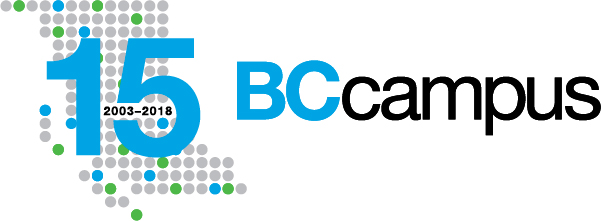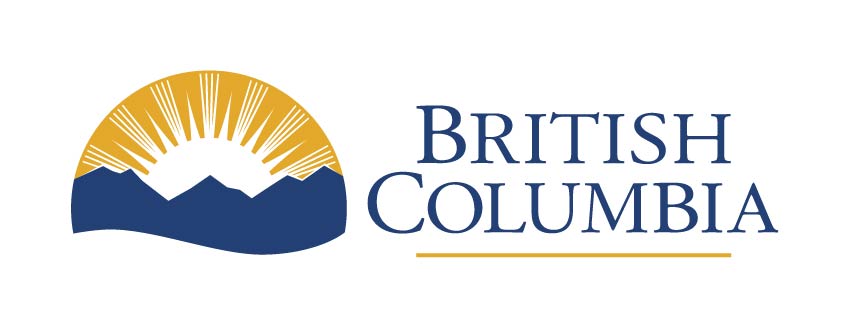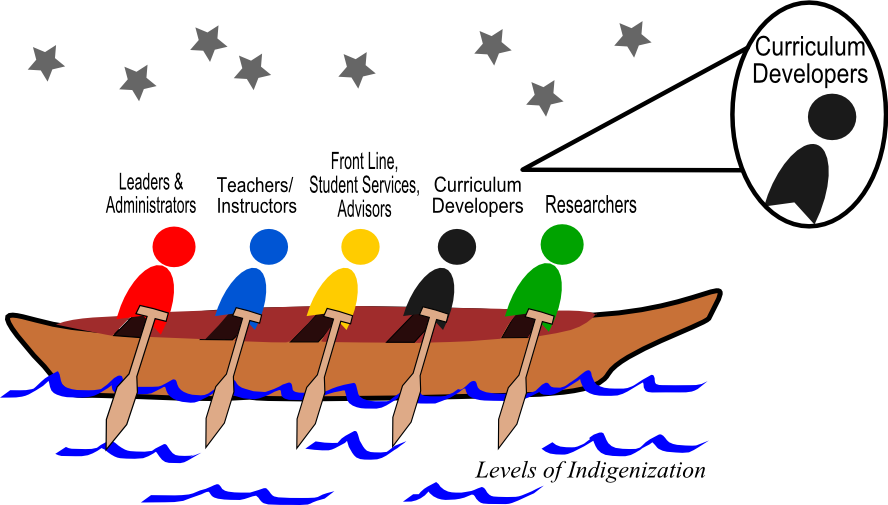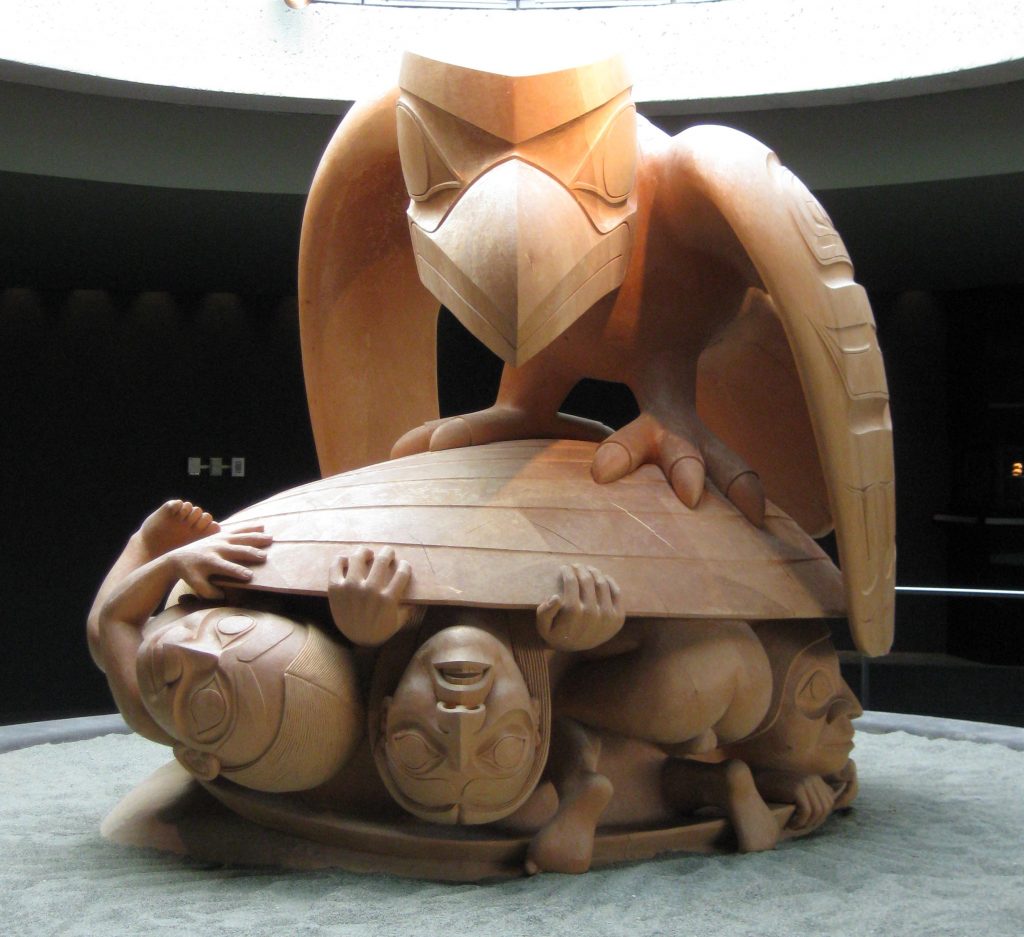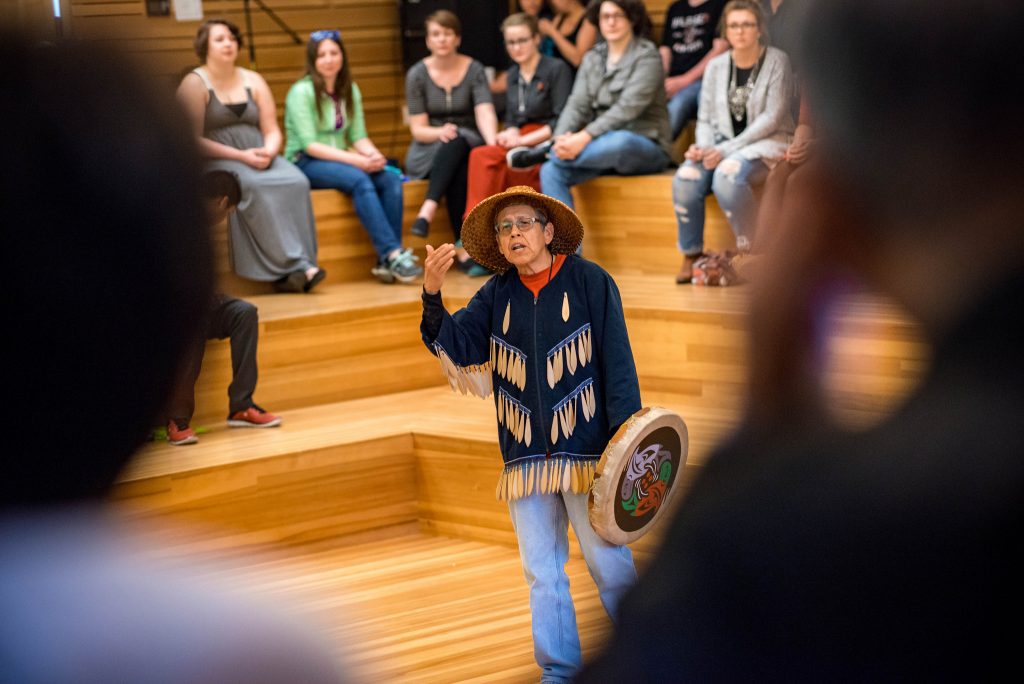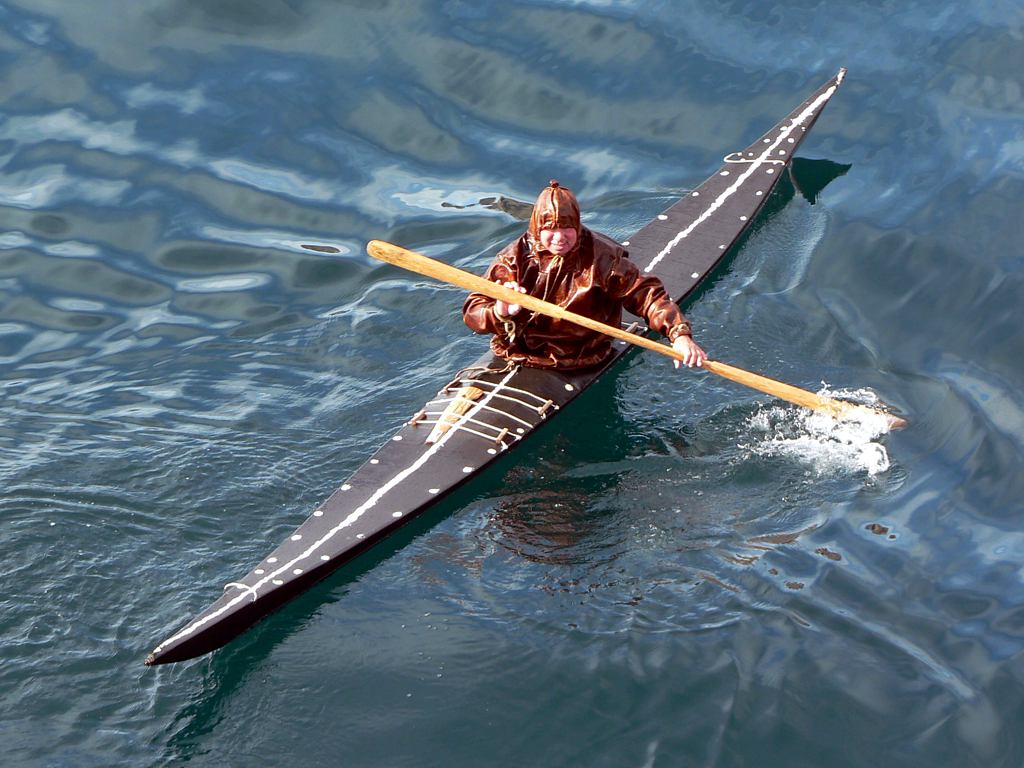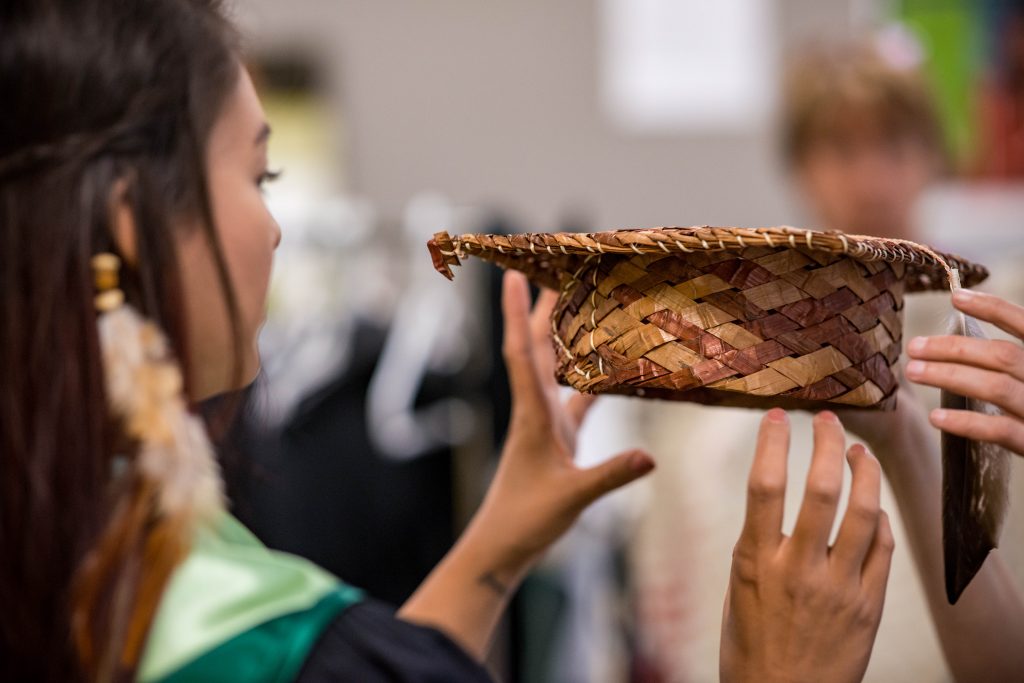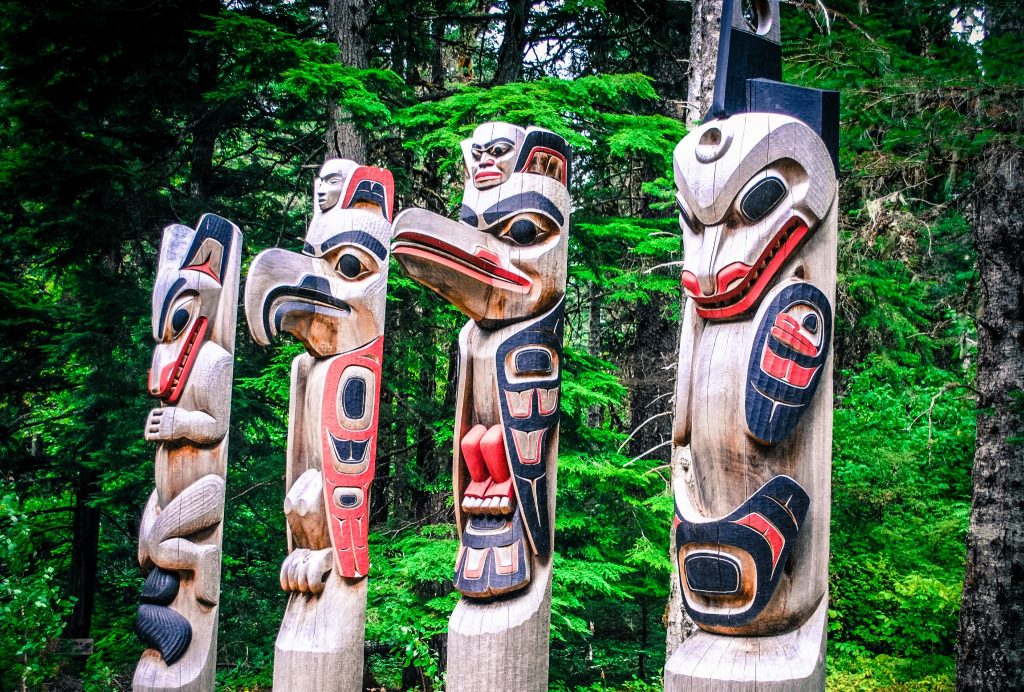Aboriginal Advisory Circle (2015). Working together; strengthening our relationships. Unpublished strategic plan. Regina, SK: University of Regina.
Alfred, T. (2009). Wasáse: Indigenous pathways of action and freedom. Toronto, ON: University of Toronto Press.
Alfred, T. & Corntassel, J. (2005). Being indigenous: Resurgences against contemporary colonialism. Government and Opposition, 40, 597-614.
Anuik, J., & Gillies, C. (2012). Indigenous knowledge in post-secondary educators’ practices: Nourishing the learning spirit. Canadian Journal of Higher Education, 42(1), 63-79.
Battiste, M. (2002). Indigenous knowledge and pedagogy in First Nations education: A literature review with recommendations. Prepared for the National Working Group on Education and the Minister of Indian Affairs Indian and Northern Affairs Canada (INAC): Ottawa, ON: National Working Group on Education and the Minister of INAC.
Battiste, M. (2004, May). Animating sites of postcolonial education: Indigenous knowledge and the humanities. Plenary address to Canadian Society for Studies in Education, Saskatoon, SK.
Bishop, A. (2000). Becoming an ally. Halifax, NS: Fernwood Publishing.
Blackstock, C. (2007). The breath of life vs. the embodiment of life: Indigenous knowledge and Western research. Retrieved from www.researchgate.net/publication/237555666_The_breath_of_life_versus_the_embodiment_of_life_indigenous_knowledge_and_western_research
Brascoupé, S., & Mann, H. (2001). A community guide to protecting Indigenous knowledge [PDF]. Indian and Northern Affairs Canada. Retrieved from http://publications.gc.ca/collections/Collection/R2-160-2001E.pdf
Cajete, G. (1994). Look to the mountain: An ecology of Indigenous education. Skyland, NC: Kivaki Press.
Canadian Council on Learning. (2009). The State of Aboriginal Learning in Canada: A Holistic Approach to Measuring Success. Ottawa, ON: Author.
Castellon, A. (2017, May 28). A call to personal research: Indigenizing your curriculum. The Canadian Journal for Teacher Research: Teachers Leading Transformation. Retrieved from http://www.teacherresearch.ca/blog/article/2017/05/28/324-a-call-to-personal-research-indigenizing-your-curriculum
Christian, D. (2011). “Reconciling with the people and the land?” in Speaking my truth: Reflections on reconciliation & residential schools. Vol. 3: Cultivating Canada. Ottawa: Aboriginal Healing Foundation. Retrieved from http://www.ahf.ca/downloads/cultivating-canada-pdf.pdf
Colleges and Institutes Canada. (2015). Indigenous education protocol for colleges and institutes. Retrieved from https://www.collegesinstitutes.ca/policyfocus/indigenous-learners/protocol/
Cordoba, T. (2006). Aboriginal literacy and education: A wholistic perspective that embraces intergenerational knowledge. Retrieved from http://citeseerx.ist.psu.edu/viewdoc/download?doi=10.1.1.540.7801&rep=rep1&type=pdf
Corntassel, J. (2012). Re-envisioning Resurgence: Indigenous pathways to decolonization and sustainable self-determination. Decolonization: Indigeneity, Education & Society,1(1), 86-101.
Dei, G., Hall, B. & Rosenberg, D. (Eds.). (2000). Indigenous knowledges in global contexts. Toronto, ON: University of Toronto Press.
Deloria, V. & Wildcat, D. (2001). Power and place: Indian education in America. Golden, CO: Fulcrum Publishing.
Dion, S. (2013). Appropriation. Retrieved from: https://vimeo.com/90258045
Drummond, D. & Rosenbluth, E.K. (2013). The debate on First Nations education funding: Mind the gap. Retrieved from https://qspace.library.queensu.ca/bitstream/handle/1974/14846/Drummond_et_al_2013_Debate_on_First_Nations.pdf?sequence=1
Ermine, W. (1995). Aboriginal Epistemology. In M. Battiste & Barman, J. (Eds.). First Nations education in Canada: The circle unfolds.(p.101-112). Vancouver, BC: UBC Press.
Ermine, W. (2007). Ethical space of engagement. Indigenous Law Journal, 6(1), 193-203.
First Nations Education Steering Committee. (2016). Authentic First Peoples resources, K–9. Retrieved from http://www.fnesc.ca/wp/wp-content/uploads/2016/08/PUBLICATION-61460-FNESC-Authentic-Resources-Guide-2016-08-26.pdf
Freire, P. (1970). Pedagogy of the oppressed. New York, NY: Herder & Herder.
Halbert, J., & Kaser, L. (2013). Spirals of inquiry. Retrieved from http://s3.amazonaws.com/accredible_card_attachments/attachments/64376/original/Week_4.3_Spiral_of_Inquiry_-_Guide_to_the_six_phases.pdf
Hampton, E. (1993). Toward a redefinition of American Indian/Alaska Native education. Canadian Journal of Native Education, 20(2), 261-309.
Hart, M. A. (2010). Indigenous worldviews, knowledge, and research: The development of an Indigenous research paradigm. Journal of Indigenous Voices In Social Work, 1(1), 1-16.
Henderson, J. (2002) Ayukpachi: Empowering Aboriginal thought. In M. Battiste, Reclaiming Indigenous voice and vision (pp. 248-278). Vancouver, BC: UBC Press.
Hoffman, R. (2013). Respecting Aboriginal knowledge in the academy. Alternative: An International Journal of Indigenous Peoples, 9(3), 189-203.
Joseph, B. (2017). 7 tips on building relationships with Indigenous Peoples. Retrieved from https://www.ictinc.ca/blog/7-tips-on-building-relationships-with-indigenous-peoples
Joseph, B. (2012). Aboriginal Elder definition. Retrieved from https://www.ictinc.ca/blog/aboriginal-elder-definition
Marker, M. (2004) Theories and disciplines as sites of struggle: The reproduction of colonial dominance through the controlling of knowledge in the academy. Canadian Journal of Native Education, 28(1/2), 102-110.
Iseke-Barnes, J. M. (2008). Pedagogies for decolonizing. Canadian Journal of Native Education, 31(1), 123-148.
Loden, M. & Rosenner, J. (2001). Workforce America: Managing employee diversity as a vital resource. In Johnson, A.G., (Ed.). Privilege, power, and difference. Boston, MS: McGraw-Hill Education.
Luke, A. (2015). Know Your Own Story. Retrieved from: https://vimeo.com/136250472
Marshall, A. (2012). Etuaptmumk / Two-Eyed Seeing. Public presentation for Environmental Science Program. Saint Mary’s University, Halifax, NS.
Marshall, A. (2017, September). Two-Eyed Seeing: Elder Albert Marshall’s guiding principle for inter-cultural collaboration. Climate Change, Drawdown & the Human Prospect: A Retreat for Empowering our Climate Future for Rural Communities, Pugwash, NS.
Pete, S. (2015). Indigenizing the academy: One story. Aboriginal Policy Studies, 4(1), 65-72
Pete, S., Schneider, B., & O’Reilly, K. (2013). Decolonizing our practice – Indigenizing our teaching. First Nations Perspectives, 5(1), 99-115. Retrieved from http://www.mfnerc.org/wp-content/uploads/2013/04/Section6_Decolonizing-Our-Practice-Indigenizing-Our-Teaching.pdf
Pete, S. (n.d.). 101 ways to Indigenize and decolonize academic programs and courses. Retrieved from https://www.uregina.ca/president/assets/docs/president-docs/indigenization/indigenize-decolonize-university-courses.pdf
Restoule, J. P. (2011). Everything is alive and everyone is related: Indigenous knowing and inclusive education. Social Sciences and Humanities Research Council. Retrieved from http://www.ideas-idees.ca/blog/everything-alive-and-everyone-related-indigenous-knowing-and-inclusive-education
Roy, A. (2014). Aboriginal worldviews and epidemiological survey methodology: Overcoming incongruence. International Journal of Multiple Research Approaches, 8(1), 117-128. doi:10.5172/mra.2014.8.1.117
Scafidi, S. (2005). Who owns culture: Appropriation and authenticity in American law. New Brunswish, NJ: Rutgers University Press.
Senge, P. M. (2006). The fifth discipline: The art and practice of the learning organization (2nd edition). New York, NY: Currency/Doubleday.
Smith, L. T. (2012) Decolonizing Methodologies: Research and Indigenous Peoples. New York, NY: Zed Books.
Silver, J. (2006). Building a path to a better future: Urban Aboriginal people. In J. Silver (Ed.). In their own voices: Building urban Aboriginal communities (pp.11-39). Halifax, NS: Fernwood Publishing.
Tunison, S. (2007). Aboriginal learning: A review of current metrics of success. Saskatoon, SK: Canadian Council on Learning, Aboriginal Learning Knowledge Centre. Retrieved from http://en.copian.ca/library/research/ccl/aboriginal_learning_review/aboriginal_learning_review.pdf
Truth and Reconciliation Canada. (2015). Honouring the truth, reconciling for the future: Summary of the final report of the Truth and Reconciliation Commission of Canada. Winnipeg, MB: Truth and Reconciliation Commission of Canada.
Truth and Reconciliation Commission of Canada. (2015). What we have learned. Principles of truth and reconciliation [PDF]. Retrieved from http://www.trc.ca/websites/trcinstitution/File/2015/Findings/Principles_2015_05_31_web_o.pdf
Universities Canada. (2015, June 29). Universities Canada principles on Indigenous education. Retrieved from https://www.univcan.ca/media-room/media-releases/universities-canada-principles-on-indigenous-education/
Wang, H. (2012). Incorporating Aboriginal content into public education: One way to improve relations between Aboriginals and settlers, old and new, in Canada. Canadian Issues / Thèmes Canadiens, Summer, 53-57.
Wing, D. S. (2014). Microaggressions in everyday life: Manifestations, dynamic and impacts. Retreived from http://www.ohsu.edu/xd/about/vision/center-for-diversity-inclusion/diversity-events/upload/2014_Derald-Wing-Sue_OHSU_Lecture.pdf
